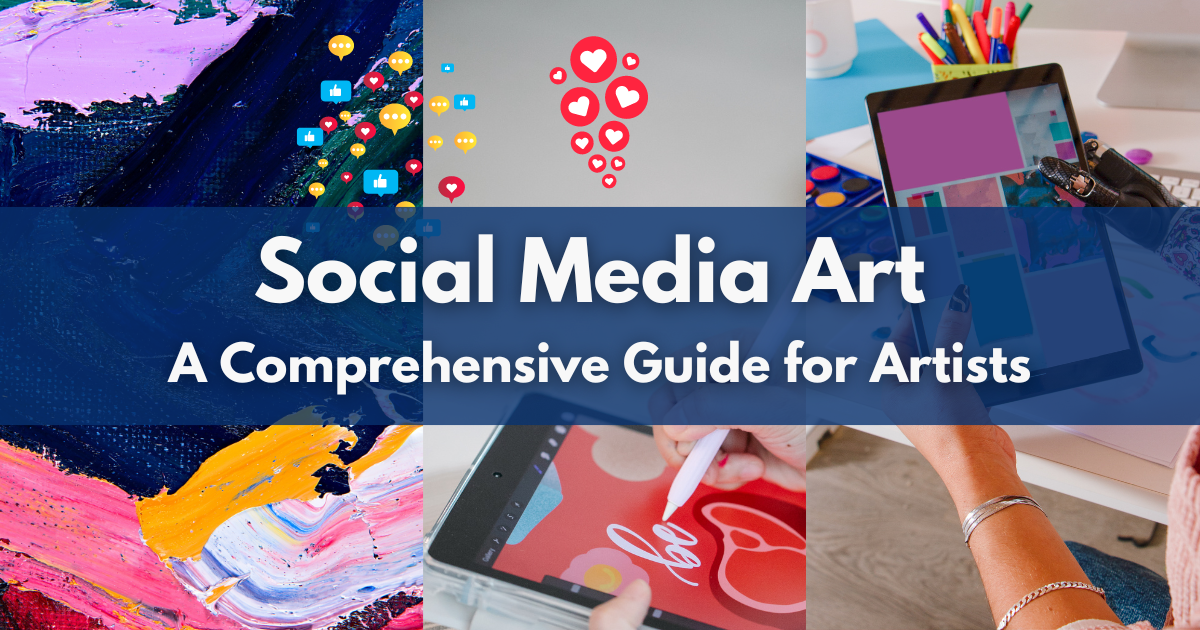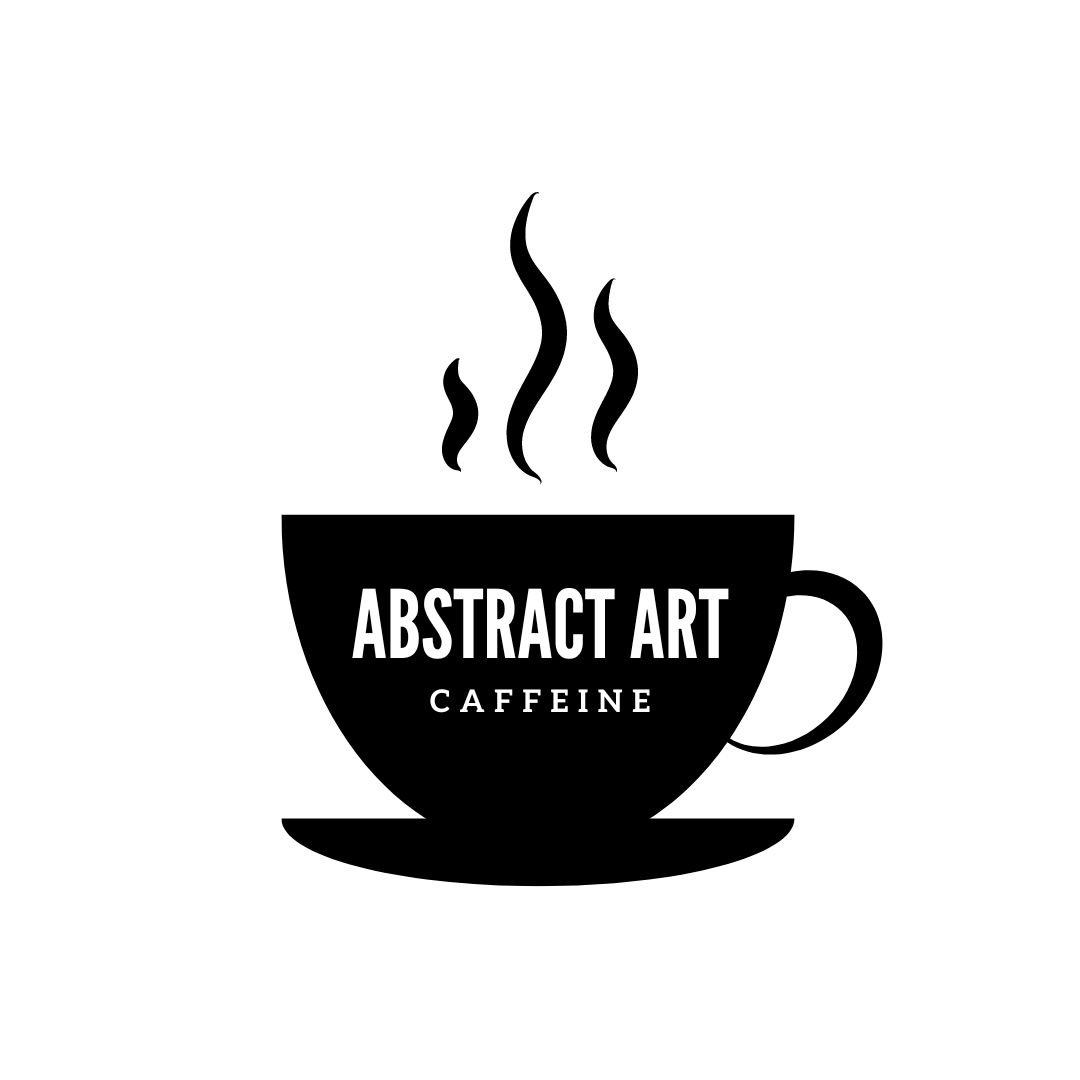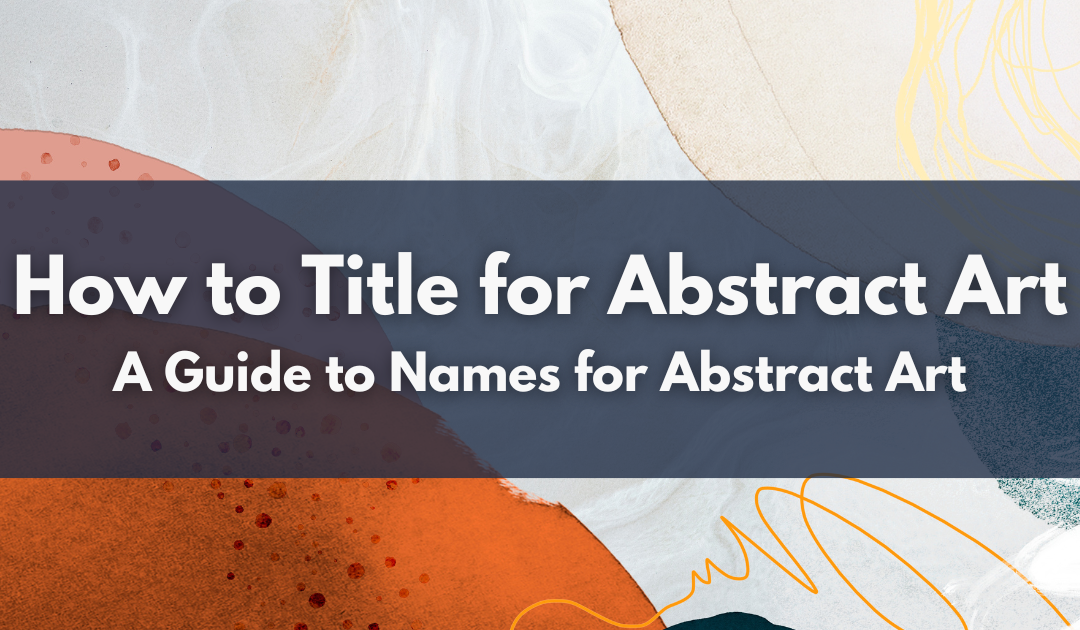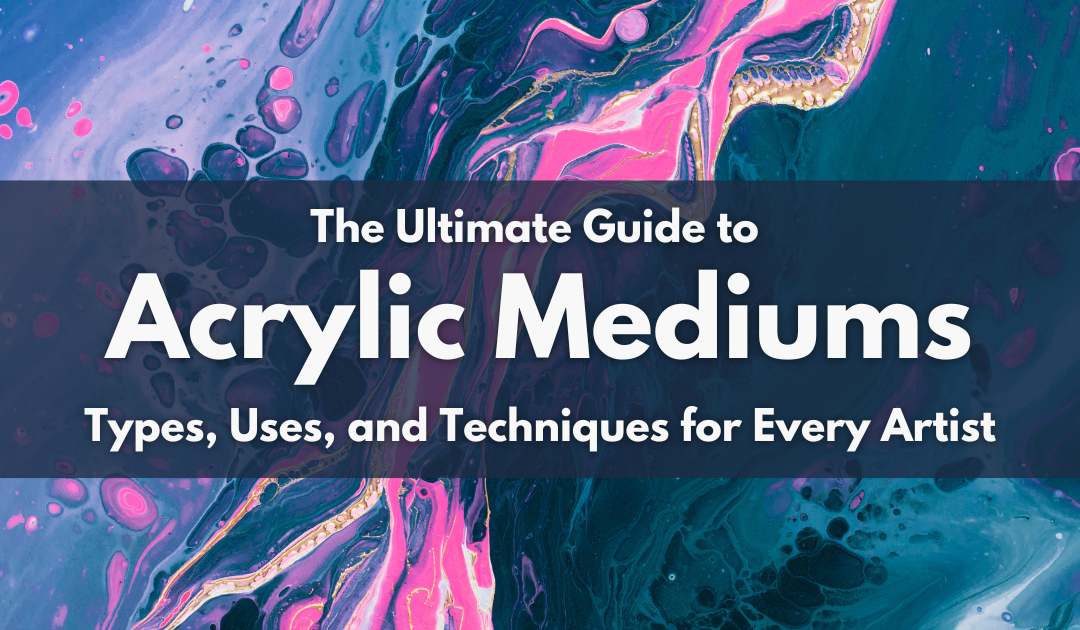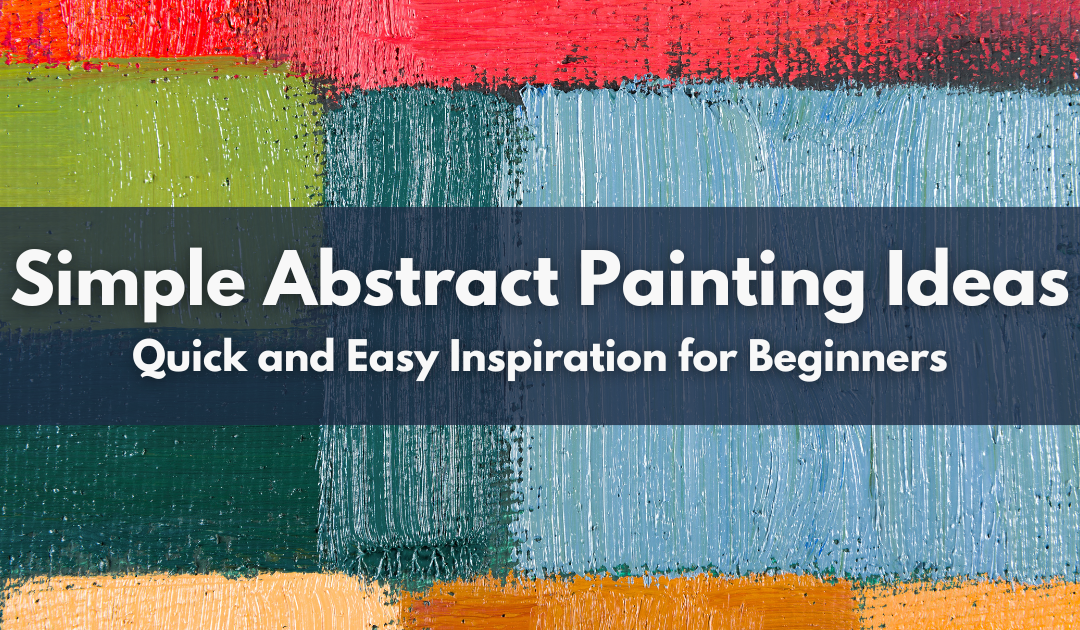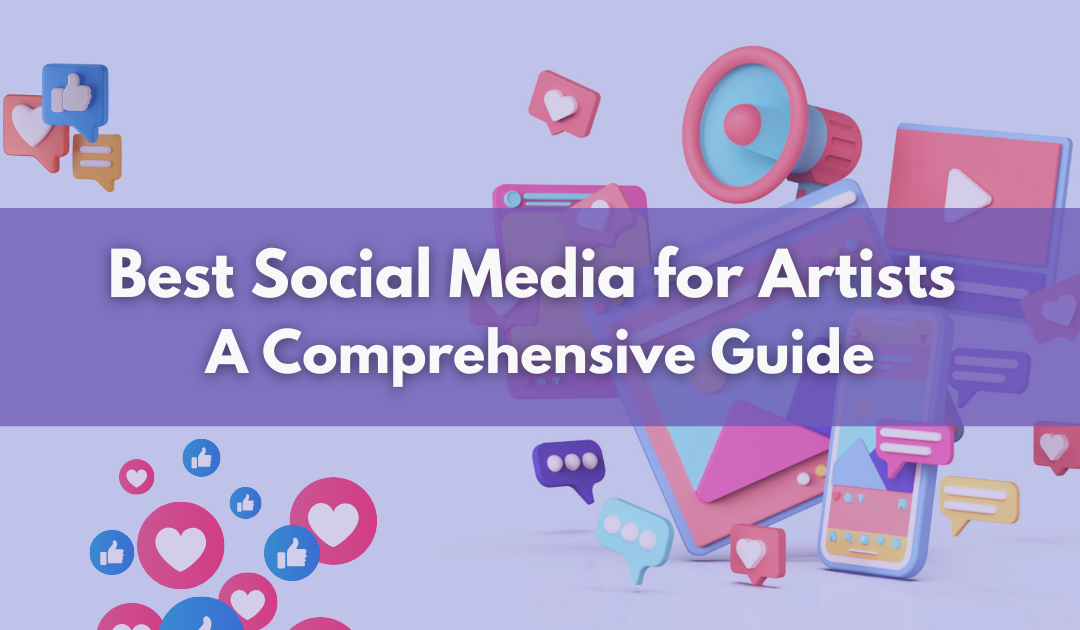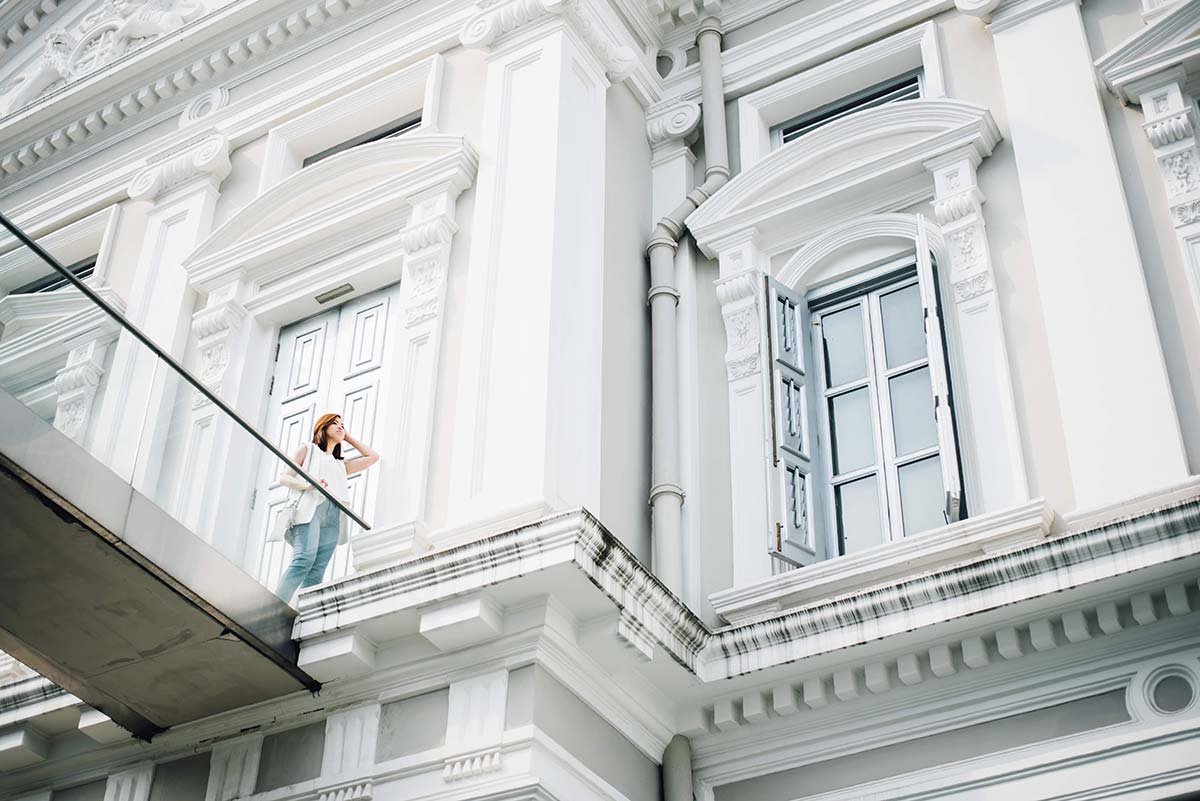Introduction
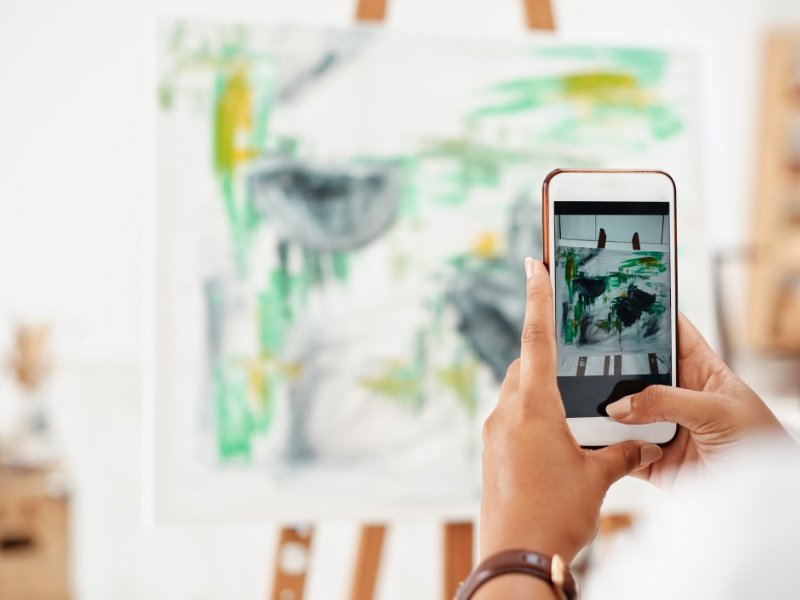
What is Social Media Art?
Hello artist, Have you ever think what “social media art” really means?
It’s simply using social media to create art, share it, and promote your artwork.
Social media art isn’t just about posting pictures of your paintings or drawings; it’s about building a community, engaging with your followers, and even selling your art online.
In this article, we will discuss both traditional and digital art so that you can learn everything you need to know about social media art.
Why Social Media is Important for Artists
In this digital world, social media is an important tool for artists.
It lets you show your work to showcase your work to a global audience, connect with other artists, and gain feedback. It’s also a great way to promote and sell your art. Imagine your art reaching thousands of people with just a single post. Sounds exciting, right? Let’s dive in and explore how you can get started with social media art.
Getting Started with Social Media Art
Choosing the Right Platforms
Selecting the right social media platform can make a big difference in your success. Here are some popular options:
Instagram: Perfect for visual content. Great for sharing images and videos of your art.
Facebook: Excellent for building a community and engaging with followers.
TikTok: Fantastic for short, engaging videos. Perfect for behind-the-scenes content.
Pinterest: Ideal for sharing visual content and driving traffic to your website.
X (Twitter): Great for quick updates and engaging with a broader audience.
Think about your target audience and what platform they are most likely to use. For instance, TikTok might be your best bet if your art appeals to younger people.
However, for original art, Instagram is still the best choice.
To know which social media platform is perfect for you, read our article The Best Social Media for Artists: A Comprehensive Guide.
Setting Up Your Profiles
First impressions matter. Here is how to set up your profiles:
- Profile Picture: Use a clear, professional photo of yourself or your logo.
- Bio: Write a short, engaging bio that tells people who you are and what you do.
- Links: Add links to your website, online shop, and other social media profiles.
Understanding Your Audience
To effectively engage with your audience, you need to understand them. Who are they? What do they like?
Conducting a little research can go a long way. An hour or two of study can really help. Check out the types of people who follow you and see which posts get the most engagement.
Tools like Facebook Insights and Instagram Analytics can help you gather this information. These tools are free to use, so why not use them to understand your potential art buyer?
Creating Art for Social Media
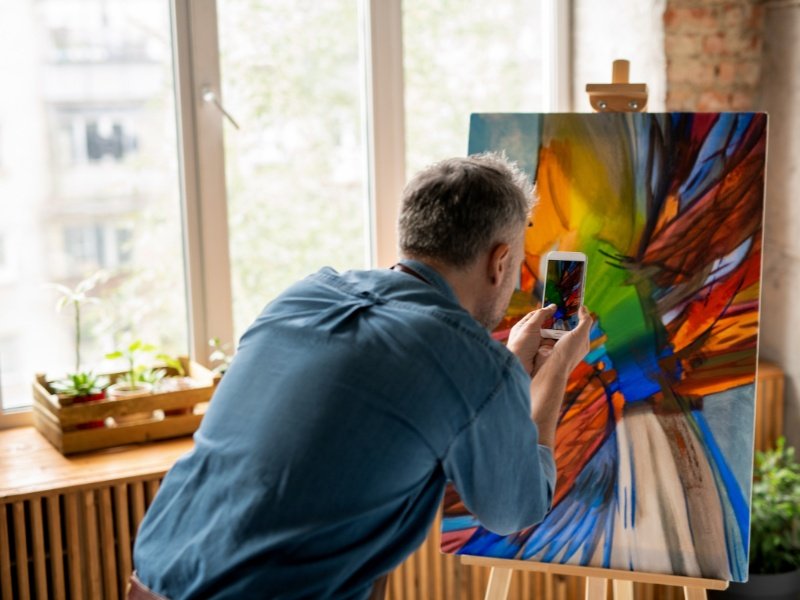
Original Art
If you are an artist and love to create your art on paper, wood, or canvas, just do it.
There are thousands of people waiting to see and buy your artwork.
There are mainly two ways you can sell your art –
- Art Galleries & Exhibitions
- Online (your website, social media platforms, and some other art-selling platforms)
Many artists now prefer selling their original art online rather than through traditional art galleries. However, there are Pros and Cons to both methods.
Digital Art Tools and Software
Creating art for social media often requires digital tools. Here are some popular ones:
- Adobe Photoshop: Great for photo editing and digital painting.
- Procreate: A fantastic app for digital illustration on the iPad.
- Canva: Excellent for creating social media graphics and layouts.
Smartphone Apps for Artists
You don’t need fancy equipment to create stunning social media art. Here are some apps that can turn your smartphone into a powerful art tool:
- Snapseed: A powerful photo editing app.
- PicsArt: Great for adding creative effects to your photos.
- VSCO: Offers beautiful filters and advanced photo editing tools.
Photographing and Filming Traditional Art
If you create traditional art, you’ll need to know how to photograph or film it for social media. Here are some tips:
- Lighting: Use natural light or soft artificial light to avoid harsh shadows.
- Background: Choose a simple, uncluttered background.
- Angles: Experiment with different angles to find the most flattering perspective.
Take photographs before you apply the final varnish to your art. The reason is most of the varnishes are glossary, and they create reflections on photographs.
When posting on your social media profiles, your smartphone is well enough to take pictures of your art.
You don’t need to invest in expensive digital cameras unless you plan to sell art prints.
Optimizing Your Content for Each Platform
Each social media platform has its own best practices for content. Here are a few tips:
- Instagram: Use high-quality images and videos. Utilize Stories and Reels.
- Facebook: Post a mix of images, videos, and links. Engage with followers through comments and messages.
- TikTok: Keep videos short and engaging. Use trending sounds and hashtags.
- Pinterest: Create vertical images for better visibility. Add detailed descriptions and keywords.
Building Your Social Media Presence
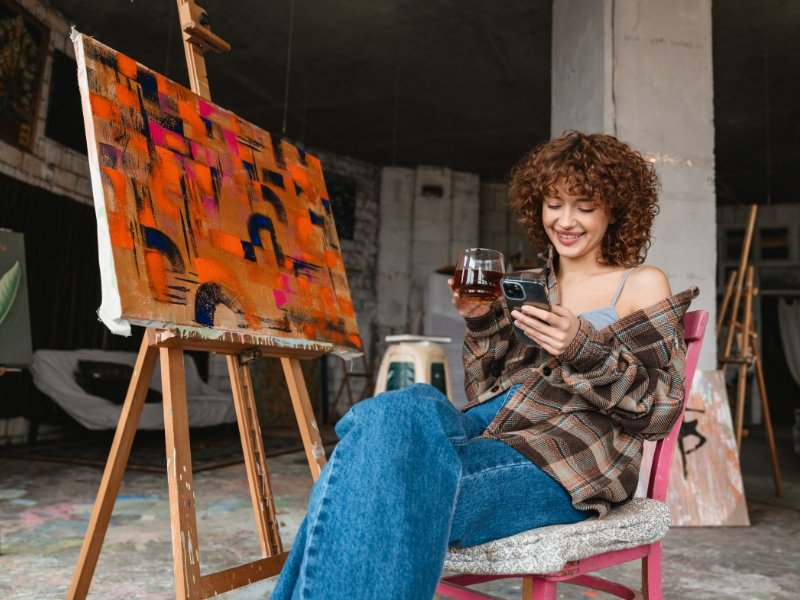
Crafting an Engaging Bio
Your bio is often the first thing people see, so make it count! Here are some tips:
- Be Clear and Concise: Tell people who you are and what you do in a few sentences.
- Add Personality: Let your unique voice shine through.
- Include Keywords: Use keywords like “social media art,” “artist,” and “painter” to help people find you.
Check social media profiles and Instagram Bios of other artists to get inspiration.
Here are some free tools you can use to write an Instagram Bio for yourself:
You can also generate your Instagram Bio with the help of any AI tool like ChatGPT.
Consistent Posting Strategies
Consistency is key to building a strong social media presence. Here is how to stay consistent:
- Create a Content Calendar: Plan your posts in advance to ensure a steady flow of content.
- Use Scheduling Tools: Tools like Buffer and Hootsuite can help you schedule posts ahead of time.
- Post Regularly: Aim to post at least once a day on platforms like Instagram and Facebook.
Using Hashtags Effectively
Hashtags can help you reach a wider audience. Here are some tips:
- Use Relevant Hashtags: Use hashtags related to your art, like #art, #painting, and #artistsoninstagram.
- Mix Popular and Niche Hashtags: Combine widely-used hashtags with more specific ones to reach both broad and targeted audiences.
- Mix High-Volume, mid-Volume, and Low-Volume Hashtags: It is a good practice to use a combination of high-volume, mid-volume, and low-volume hashtags.
- Research Hashtags: Check what hashtags similar artists are using.
Engaging with Your Audience
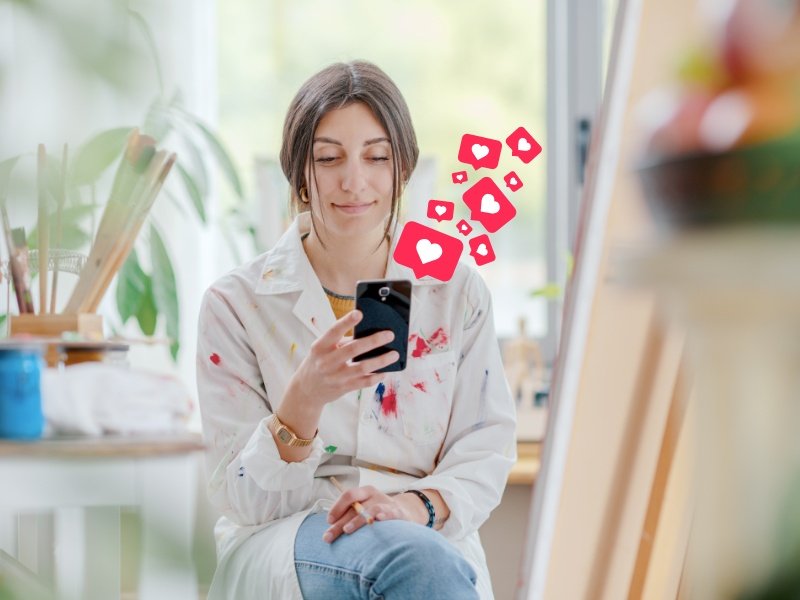
Responding to Comments and Messages
Engagement is a two-way street. Here is how to keep the conversation going:
- Respond Promptly: Reply to comments and messages as quickly as possible.
- Be Genuine: Show your personality and be authentic in your responses.
- Ask Questions: Encourage interaction by asking your followers questions.
Running Art Contests and Challenges
Contests and challenges are a great way to boost engagement. Here are some ideas:
- Art Contests: Invite your followers to participate in your art contest. This could be a giveaway contest for a small piece of art, or art print, or any special edition with your signature.
- Challenges: Participate in popular art challenges like Inktober or create your own.
Collaborating with Other Artists
Collaboration can help you reach new audiences. Here is how to get started:
- Reach Out: Contact artists whose work you admire and propose a collaboration.
- Create Together: Work on a joint project, like a series of artworks or a live-streamed event.
- Share Each Other’s Work: Promote your collaborators to your followers and vice versa.
Promoting Your Art
Strategies for Gaining Followers
Growing your follower count takes time and effort. Here are some strategies:
- Quality Over Quantity: Focus on creating high-quality content that resonates with your audience.
- Engage Regularly: The more you interact with your followers, the more likely they are to stick around.
- Promote Your Social Media: Share your social media profiles on your website, business cards, and other marketing materials.
Leveraging Influencer Marketing
Influencers can help you reach a larger audience. Here is how to make it work for you:
- Identify Relevant Influencers: Look for influencers whose followers would be interested in your art.
- Build Relationships: Engage with influencers by commenting on their posts and sharing their content.
- Propose Collaborations: Offer to send them a piece of your art in exchange for a shout-out.
Using Paid Advertising
Paid advertising can give your social media art a boost. Here is how to get started:
- Set a Budget: Determine how much you’re willing to spend on ads.
- Target Your Audience: Use ad targeting features to reach people who are likely to be interested in your art.
- Monitor Your Ads: Keep an eye on your ad performance and make adjustments as needed.
Monetizing Your Social Media Art
Setting Up Online Shops
An online shop can help you sell your art directly to your followers. Here is how to set one up:
- Choose a Platform: Options include Etsy, Shopify, and BigCartel.
- Upload High-Quality Photos: Showcase your art with clear, high-resolution images.
- Write Compelling Descriptions: Describe your art in a way that makes people want to buy it.
Selling Art Directly Through Social Media
You can also sell your art directly through social media. Here are some tips:
- Instagram Shopping: Set up Instagram Shopping to tag your products in posts and stories.
- Facebook Marketplace: List your art on Facebook Marketplace to reach local buyers.
- Direct Messages: Offer to sell your art through direct messages.
Sponsorships and Brand Collaborations
Working with brands can be a lucrative way to monetize your social media art. Here is how to get started:
- Identify Potential Sponsors: Look for brands that align with your art and values.
- Pitch Your Ideas: Reach out to brands with a proposal for a collaboration.
- Deliver Value: Ensure your collaborations provide value to both you and the brand.
Case Studies and Success Stories
Examples of Artists Thriving on Social Media
Learning from successful artists can provide inspiration and practical tips. Here are a few examples:
Abstract Artist
- Jenna Kast: Renowned for her beautiful abstract art. She has a huge number of followers on Instagram. Check her on Inta – @jennakaststudio
- Svetlansa: She is doing fantastic on Instagram and has many followers. Check her on Insta – @svetlansart
Illustrators
- James Jean: Renowned for his stunning illustrations, James has a huge following on Instagram. Check on Insta – @jamesjeanart
- Loish: A digital artist with a massive online presence, Loish shares her process and tips with her followers. Check on Insta – @loisvb
- Kerby Rosanes: Known for his intricate doodles, Kerby has built a large community on Facebook and Instagram. Check on Insta – @kerbyrosanes
Lessons Learned from Successful Social Media Artists
What can we learn from these artists? Here are some key takeaways:
- Consistency: Regular posting and engagement are important.
- Authenticity: Being true to your style and voice helps build a loyal following.
- Engagement: Interacting with followers keeps them coming back for more.
Challenges and Solutions
Dealing with Art Theft and Plagiarism
Unfortunately, art theft is a common issue. Here is how to protect your work:
- Watermark Your Images: Add a subtle watermark to your images.
- Report Theft: If you find your art being used without permission, report it to the platform.
- Know Your Rights: Familiarize yourself with copyright laws and your rights as an artist.
We are not experts on legal issues. If you have ever encountered copyright issues, contact a professional legal advisor.
Managing Negative Feedback and Trolls
Negative feedback is inevitable. Here is how to handle it:
- Stay Calm: Don’t take it personally and respond calmly.
- Address Constructive Criticism: Use it as an opportunity to improve.
- Ignore Trolls: Don’t engage with people who are just trying to provoke you.
Balancing Authenticity and Promotion

It’s important to promote your art without coming across as too salesy. Here is how:
- Share Your Story: Let people get to know the person behind the art.
- Mix Content: Balance promotional posts with engaging, non-promotional content.
- Be Genuine: People appreciate authenticity, so be yourself.
Algorithm Changes
Social media algorithms are constantly changing. Here is how to stay ahead:
- Stay Informed: Follow industry news and updates.
- Adapt Quickly: Be ready to adjust your strategy as needed.
- Diversify Your Platforms: Don’t rely too heavily on one platform.
Copyright Issues
Protecting your work online can be challenging. Here is what to do:
- Register Your Work: Register your art with a copyright office.
- Use Watermarks: Add watermarks to your digital art.
- Monitor Usage: Regularly check for unauthorized use of your art.
Burnout and Pressure
Maintaining a social media presence can be exhausting. Here is how to avoid burnout:
- Take Breaks: Don’t be afraid to step away from social media when you need to.
- Set Boundaries: Establish limits on how much time you spend online.
- Prioritize Self-Care: Take care of your physical and mental health.
Future Trends in Social Media Art
Emerging Platforms to Watch
New social media platforms are constantly emerging. Here are some to keep an eye on:
- Clubhouse: An audio-based platform that’s great for networking and discussions.
- Vero: A social network that’s gaining popularity among artists.
- ArtStation: A platform specifically for artists to showcase their work.
The Role of NFTs in Social Media Art
NFTs (Non-Fungible Tokens) are revolutionizing the art world. Here is what you need to know:
What Are NFTs?
They are digital tokens that represent ownership of a unique item, like a piece of art.
How to Create NFTs: Use platforms like OpenSea or Rarible to mint your own NFTs.
Benefits for Artists: NFTs provide a new way to sell and monetize digital art.
CAUTION: There are many fraudulent NFT buyers online, and they will even follow you on Instagram and send messages about fake NFT sales. Stay away from them, and do not reply to their Instagram messages unless you are fully sure about them.
Predictions for the Future of Art on Social Media
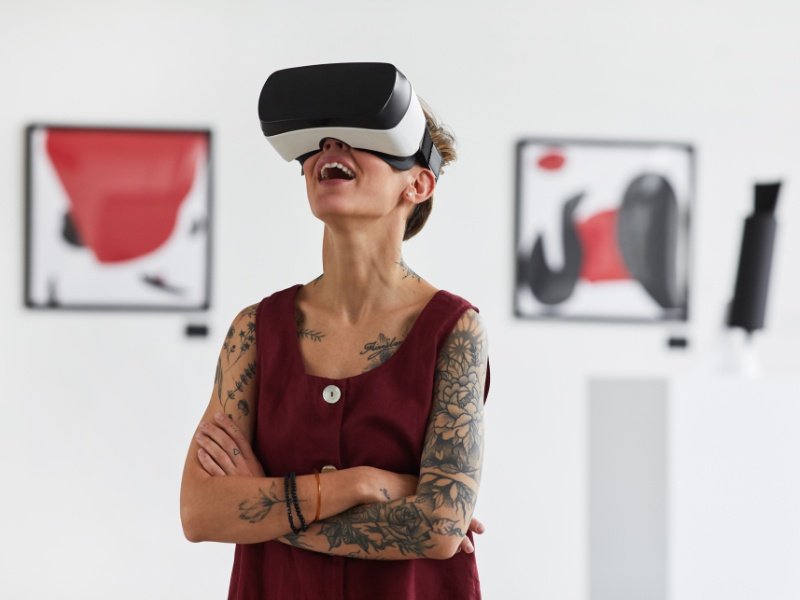
What does the future hold for social media art? Here are some predictions:
- Increased Integration of AR/VR: Augmented and virtual reality will become more prevalent.
- More Interactive Content: Interactive posts and live streaming will continue to grow.
- Greater Emphasis on Authenticity: Authenticity and transparency will become even more important.
We are still exploring more authentic information on this. We hope to share that valuable information with you in upcoming posts.
Tips for Aspiring Social Media Artists
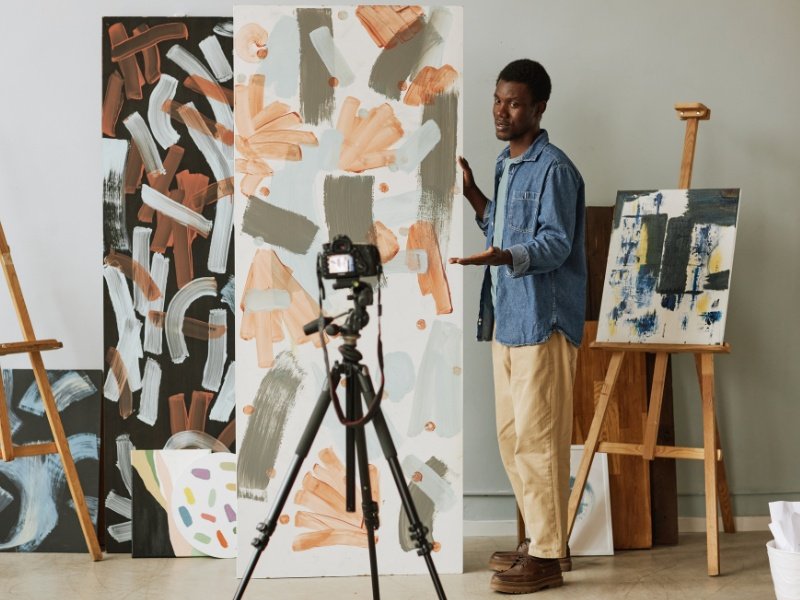
Building a Following
Here are some tips to help you build a following:
- Be Consistent: Post regularly to keep your audience engaged.
- Engage with Your Followers: Respond to comments and messages.
- Collaborate with Others: Partner with other artists to reach new audiences.
Creating Consistent Content
Consistency is key to growing your presence. Here is how to maintain it:
- Plan Ahead: Use a content calendar to schedule your posts.
- Batch Create: Create multiple pieces of content at once to save time.
- Stick to a Theme: Maintain a consistent style and tone in your posts.
Engaging with Your Audience
Engagement is crucial for building a loyal following. Here is how to do it:
- Ask Questions: Encourage your followers to share their thoughts.
- Share Behind-the-Scenes Content: Give your audience a glimpse into your creative process.
- Run Contests and Giveaways: Offer prizes to encourage participation.
Balancing Creativity and Trends
It’s important to stay true to your style while also staying relevant. Here is how:
- Stay Informed: Keep up with current trends in the art world.
- Incorporate Trends Thoughtfully: Use trends as inspiration, but don’t compromise your unique voice.
- Experiment: Don’t be afraid to try new things and see what resonates with your audience.
The Impact of Social Media Art on the Traditional Art World
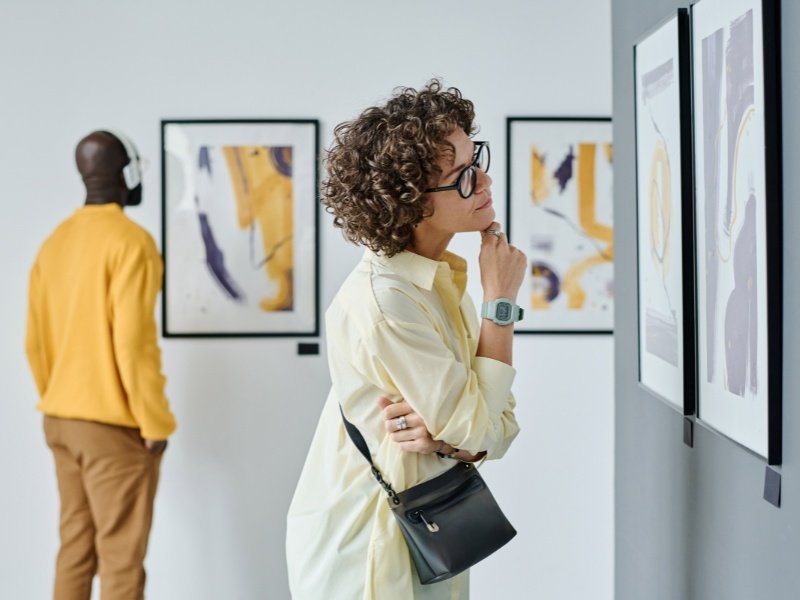
Museums and Galleries Adapting
Social media is changing how museums and galleries operate. Here is how:
- Virtual Exhibitions: Many museums are now offering online exhibitions.
- Social Media Marketing: Museums and galleries now use social media to attract visitors.
- Interactive Content: Institutions are creating more interactive, engaging content for their followers.
Art Markets and Sales
Social media is also transforming the art market. Here are some ways:
- Direct Sales: Artists can sell their work directly to buyers through social media.
- Increased Accessibility: Social media makes art more accessible to a wider audience.
- New Revenue Streams: Platforms like Instagram and TikTok offer new monetization opportunities.
If you want to know about monetization opportunities with social media, read our article The Best Social Media for Artists: A Comprehensive Guide.
Blurring Lines Between Digital and Physical Art
The line between digital and physical art is becoming increasingly blurred. Here is what’s happening:
- Hybrid Art Forms: Artists are combining digital and traditional techniques.
- Virtual Art Spaces: Online galleries and virtual reality exhibitions are becoming more common.
- Digital Collectibles: NFTs are creating new ways to own and trade digital art.
However, original art is still the favorite art type among art lovers, art collectors, and art buyers.
Ethical Considerations in Social Media Art
Privacy Concerns
Sharing your art online comes with privacy risks. Here is how to protect yourself:
- Be Selective: Only share what you’re comfortable with.
- Use Privacy Settings: Adjust your privacy settings to control who can see your posts.
- Stay Informed: Keep up with changes to privacy policies on the platforms you use.
Cultural Appropriation
It’s important to be mindful of cultural appropriation. Here’s what to keep in mind:
- Respect Cultural Differences: Be aware of and respect the cultural significance of the subjects you depict.
- Credit Appropriately: Give credit where it’s due and seek permission when necessary.
- Educate Yourself: Learn about the cultures you’re representing in your art.
Responsibility of Artists
As an artist, you have a responsibility to your audience. Here’s how to uphold it:
- Be Authentic: Stay true to your values and artistic vision.
- Promote Positivity: Use your platform to spread positive messages.
- Give Back: Support other artists and contribute to the artistic community.
Conclusion
Recap of Key Points
We’ve covered a lot of ground in this guide. Here are some key takeaways:
- Social media is a powerful tool for artists to showcase, promote, and sell their art.
- Choosing the right platform, creating high-quality content, and engaging with your audience are crucial for success.
- There are many ways to monetize your social media art, from online shops to sponsorships.
- Staying informed about trends and challenges can help you stay ahead in the ever-changing world of social media art.

Encouragement to Start or Improve Your Social Media Art Journey
Remember that every artist’s path is different. Whether you’re just starting out or want to get better at social media, explore your unique way with your style and artistic voice.
Don’t be afraid to try new things, learn, and get better.
Let everyone see your art, so get out there and show it off.
Additional Resources
Here are some resources to help you on your social media art journey:
Recommended Tools and Software
- Adobe Photoshop
- Procreate
- Canva
Recommended AI Tools for Art Generation
- Midjourney
- Leonardo AI
Useful Articles and Tutorials
– Best Instagram Hashtags for Artists
– Best Social Media for Artists
FAQ
What is social media art?
Social media art is using social media platforms to create, share, and promote artwork. It includes a wide range of activities, from posting images and videos of your art to engaging with your audience and selling your work online.
Which social media platform is best for artists?
The best platform depends on your art style and audience. Instagram is great for visual content, Facebook for community building, TikTok for short videos, Pinterest for driving traffic, and Twitter for quick updates.
To know which social media platform is perfect for you, read our article The Best Social Media for Artists: A Comprehensive Guide.
How can I protect my art from theft online?
Use watermarks on your images, familiarize yourself with copyright laws, and report any unauthorized use of your art to the platform.
If required, consult with a professional legal advisor or consultant.
How do I grow my social media following?
Post high-quality content regularly and engage with your audience. Also use relevant hashtags, and consider collaborations and influencer marketing.
What are NFTs, and how can they benefit artists?
NFTs (Non-Fungible Tokens) are digital tokens that represent ownership of a unique item, like a piece of art. They provide a new way for artists to sell and monetize digital art.
Take extra caution when you deal with NFT. And stay away from fake NFT buyers.
If you know how to use social media, you can meet new people, get more followers, and turn your love of art into a successful career.
Now is the time to get your paintbrush or digital brush out and start painting your social media creation.

